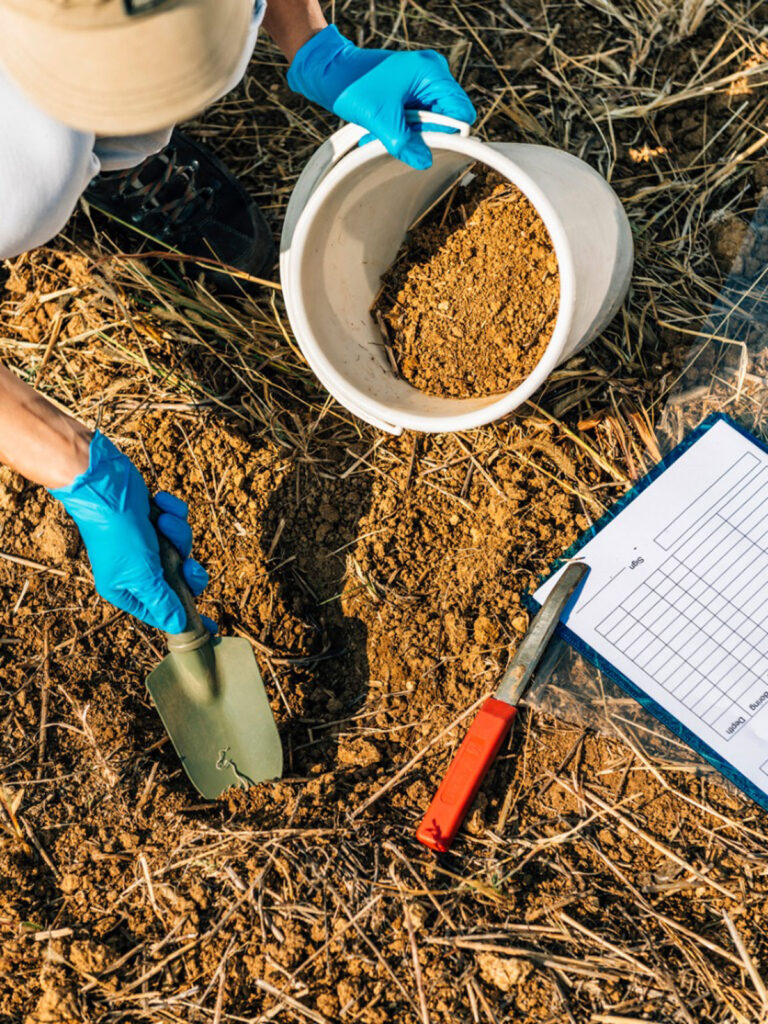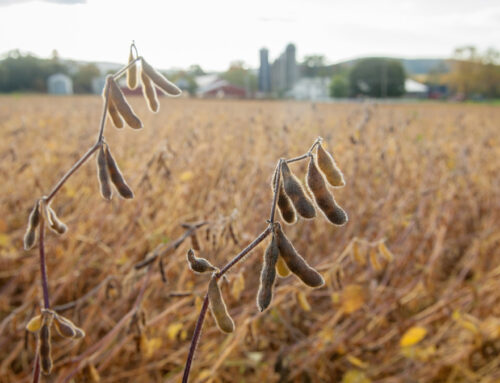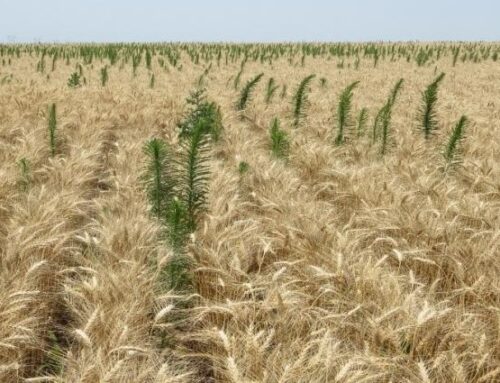
Environmental conditions and in-season stress can make nutrient availability a struggle for crops. Most farmers test for nutrients with a soil sample in the fall and apply fertilizers to correct deficiencies. But that doesn’t always indicate how much of those will make it into next year’s plants.
Eric Hanson is a regional agronomist with Winfield United. He says they want producers to look beyond the macronutrients like N-P-and-K and start understanding more about the micronutrients.
“In crops like corn, zinc and boron were probably the two that showed up very, very deficient early on in corn. When we look at crops like soybeans, manganese is perennially a nutrient that shows up deficient,” says Hanson. “At Winfield United, we’ve got a database of thousands of tissue samples that we’ve pulled over the last nearly decade on multiple crops to establish some of these trends.”
Hanson recommends layering tissue samples on top of the soil samples to monitor N-P-and-K throughout the season.
“But also, the tissue samples are a lot more accurate way to judge micronutrient availability,” he says. “And once we fix the macronutrients, the micronutrients are really key to help unlock the hidden in hunger in those plants because we can see a lot of deficiency in micronutrients without ever seeing visual deficiency symptoms on the plant.”
Understanding the timing of when micronutrients are the most important for the plant can make the difference between getting a return on the investment or just adding additional expense to the crop.
Read the original article – CLICK HERE




